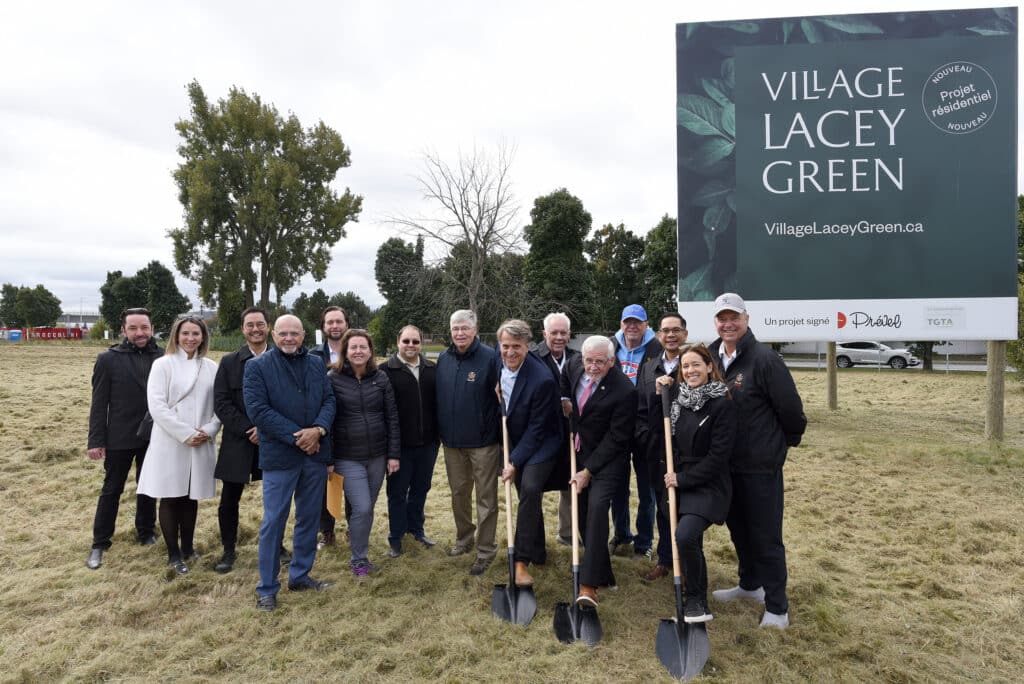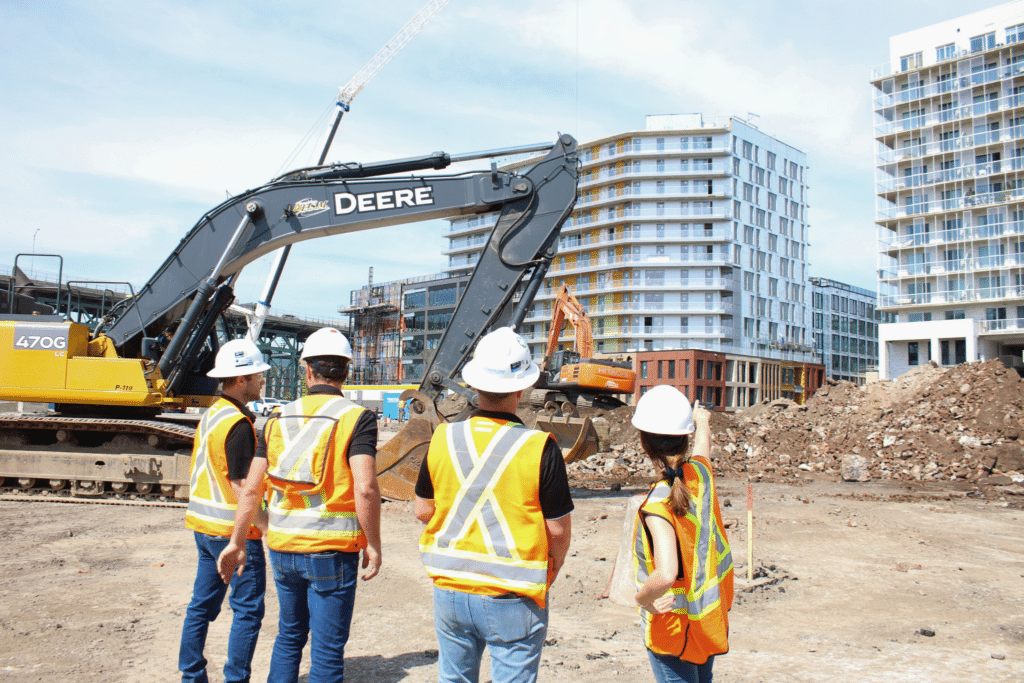A district always in high demand, Old Montreal is characterized as much by tourists as by its residents and its unique scalable architecture and rich history. The structures, roads and rich environment make this area worth exploring. Here are some of the buildings with the most notable architecture, as well as the stories they tell.
The New York Life Insurance Building

Built between 1887 and 1889, the magnificent building from the Renaissance era was home to the New York Life Insurance Co., and is often credited with being the first Canadian “skyscraper”; partly thanks to its impressive eight-story structure, unheard of at the time. The tower, adorned with a clock, has a height equivalent of ten storeys and houses an elevator shaft and water tanks in case of a fire. It was these technological innovations, including electricity, that made the building a prestigious monument. Both a registered office of the New York-based insurance company and a luxury rental building, the building was sold, however, to the Quebec Bank in 1909 before becoming the property of the Royal Bank in 1917. The building eventually was transferred to a subsidiary of the latter, the Montreal Trust. Renovated in the 80’s, many efforts have been made to rehabilitate the original components of the building, which is now open to the public.
511 Place d’Armes
Old Montreal
The Central Fire Station

Built in 1903-1904 following a serious fire in the area, the Central Fire Barracks still bears its original name since the building was never actually used as their headquarters. The façade’s classic architecture features sculpted foliage reminiscent of medieval charm with its curved arches and picturesque tower, formerly used to dry hoses. Considered a modern building in the early 20th century, the barracks were closed in 1972. They were reopened in 1983 as a new Montreal History Center.
335 St-Pierre Street
Old Montreal
The Molson Bank Building

Built between 1864 and 1866 following a design competition won by George and John James Browne, the Molson Bank is covered with sculptures representing the building’s first activities. The building is characterized by a Second Empire style, bringing together French influences with the Italian Renaissance; a trend which was then be taken up by many US banks. One of the building’s stone foundations was even signed by George Browne. It was in 1925 that the Molson Bank came under the umbrella of the Bank of Montreal, which became the owner of the building. BMO left the building in 1999 before it was renovated. Today you’ll find law firms and government offices.
288 St-Jacques Street
Old Montreal
Frothingham & Workman Warehouse Building

The lot where the old warehouse store once stood has belonged to the family of John Frothingham since 1858. Upon his death in 1870, his children took control. Construction started in 1871, and the building, designed by architect George Browne, was to be completed in record time: less than two months. Fronthingham & Workman hardware remained active there until 1944, when the new owners, a design company called Cameo Crafts Inc., took possession. Sold again in 1964, a restaurant, Metro Bastille, opened its doors there in 1965, attracting crowds with a Paris subway car on site. Over the many bankruptcies and resales, the easily recognizable building, thanks to its unique façade, eventually turned into residential condominiums.
163 St-Paul Street West
Old Montreal
Michael-Cuddihy House

This lovely three-story red brick building was built in 1862 by a merchant, Michael Cuddihy, and has remained in his family’s hands for over a century. In 1980, the City of Montreal became the owner of the establishment, but only for a few months. A few years later the new owners built an addition on the neighboring estate, where we now find the charming white wooden structure, which in itself completely changed the building’s identity.
443 Champs-de-Mars Street
Old Montreal
Source: http://www.vieux.montreal.qc.ca/accueil.htm



